Home>Ideas and Tips>Garage Workshop Setup: Organizing Tools And Equipment
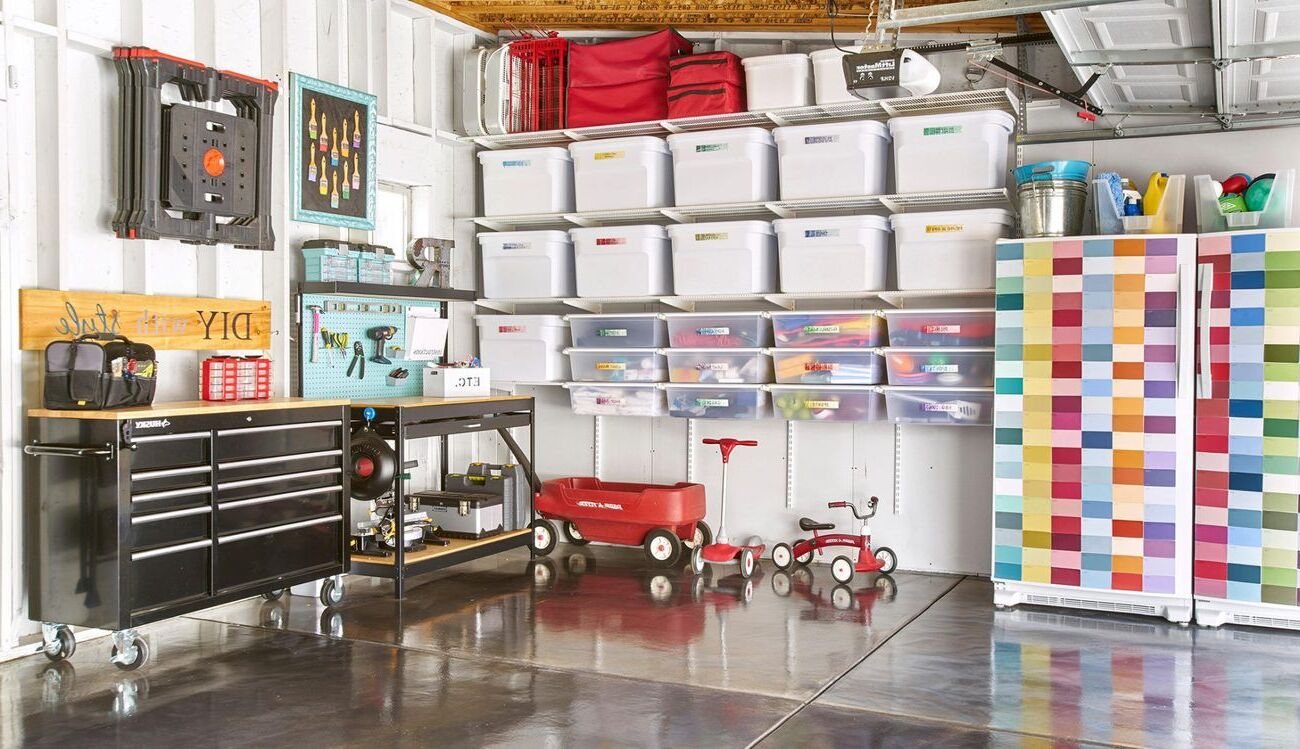

Ideas and Tips
Garage Workshop Setup: Organizing Tools And Equipment
Modified: November 1, 2024
Transform your garage into an efficient workshop with our guide on organizing tools and equipment. Boost productivity and safety with these expert tips.
(Many of the links in this article redirect to a specific reviewed product. Your purchase of these products through affiliate links helps to generate commission for Storables.com, at no extra cost. Learn more)
Creating a well-organized garage workshop is essential for any DIY enthusiast, craftsman, or professional. An organized space not only boosts efficiency but also promotes safety by removing potential hazards hidden in cluttered workspaces. In this article, we will delve into the various strategies and tools that can help you transform your garage into a highly functional and organized workshop.
The Importance of Organization
Before we dive into the specifics of organizing your garage workshop, it's crucial to understand why organization is so vital. Here are a few key points:
- Efficiency: When tools and equipment are easily accessible, you can work more efficiently. This means less time spent searching for the right tool or component, allowing you to focus on your project.
- Safety: Cluttered workspaces can lead to accidents. By keeping everything in its place, you reduce the risk of tripping over tools or misusing equipment.
- Longevity: Proper storage helps preserve the longevity of your tools and equipment. Dust and moisture can damage tools if they are not stored correctly.
Read more: How To Store Wood In Workshop
Step 1: Decluttering Your Workspace
The first step in organizing your garage workshop is to declutter the space. This involves clearing out any unnecessary items that are taking up valuable space. Here are some tips for decluttering:
- Sort Items: Start by sorting items into categories (e.g., tools, materials, personal gear). This will help you see what you have and what you can get rid of.
- Dispose of Unwanted Items: Get rid of any items that are broken beyond repair or no longer needed. Consider donating or selling items that are still in good condition.
- Store Rarely Used Items: Move rarely used items to storage areas or higher shelves to free up space for frequently used tools.
Step 2: Cleaning Your Workspace
Once you've decluttered your workspace, it's time to clean it thoroughly. Dust, dirt, and grime can accumulate quickly in a workshop environment, making it difficult to work efficiently. Here are some cleaning tips:
- Dust and Vacuum: Use a vacuum cleaner with a hose attachment to clean hard-to-reach areas like corners and shelves.
- Wipe Down Surfaces: Use a damp cloth to wipe down surfaces, including workbenches, cabinets, and shelves.
- Organize Cords: Use cable organizers or zip ties to keep cords tidy and prevent them from getting tangled or damaged.
Step 3: Implementing Tool Organization Systems
Now that your workspace is decluttered and clean, it's time to implement tool organization systems. Here are some strategies and tools you can use:
1. Tool Chests and Cabinets
Tool chests and cabinets are essential for efficient tool organization. They provide sturdy storage solutions that can accommodate both light and heavy tools. Here are some benefits of using tool chests and cabinets:
- Durability: They are designed to be durable, ensuring they can withstand regular use.
- Versatility: Many have versatile compartments that allow easy categorization based on tool type or frequency of use.
- Mobility: Some tool chests come with wheels, making it easy to reposition them around the workspace.
2. Wall-Mounted Tool Racks
Wall-mounted tool racks are a game-changer for those looking to optimize space while ensuring tools are easily accessible. Here are some benefits of using wall-mounted tool racks:
- Space Optimization: They make efficient use of vertical space, freeing up valuable floor space in your garage.
- Accessibility: Tools are always within arm’s reach, reducing the time spent searching for them.
3. Garage Shelving Systems
Garage shelving systems provide order and enhance the accessibility of your tools and equipment. Here are some benefits of using garage shelving systems:
- Vertical Storage: They utilize vertical space effectively, keeping tools, materials, and other essentials within arm’s reach.
- Floor Space: By using vertical storage, you can free up valuable floor space in your garage, making movement easier and reducing the chances of accidents.
4. Garage Lockers
Garage lockers offer an enclosed space for organizing larger tools, personal gear, or items you’d like to keep secured. Here are some benefits of using garage lockers:
- Security: They provide security by keeping valuable or dangerous items out of unauthorized hands.
- Vertical Storage Space: They offer both vertical storage space and security with lockable doors.
Step 4: Customizing Your Storage Solutions
While standard tool chests and cabinets can be very effective, sometimes a completely custom solution is needed. Here are some tips for customizing your storage solutions:
1. Using Pull-Out Trays
Pull-out trays make it easier to access items stored in bottom drawers or cabinets. Here’s how you can use them effectively:
- Accessibility: They allow you to easily access items without having to dig through cluttered spaces.
- Organization: You can label each tray so that you know exactly what’s inside without having to open it.
2. Creating Custom Storage Solutions
Creating custom storage solutions can be both fun and functional. Here are some ideas:
- Saw Blade Organizer: You can make a saw blade organizer that slides out of the side of a cabinet. This keeps blades organized and prevents them from getting damaged.
- Drill Charging Station: A drill charging station not only charges your drills but also keeps them organized and ready for use.
- Clamp Rack: Building a custom clamp rack can help you store clamps neatly and in one place, utilizing your wall space effectively.
Step 5: Keeping Tools Close to Where You Use Them
One of the most effective ways to stay organized is to keep tools close to where you use them most. Here’s how you can do this:
1. Organizing Like Items Together
Organizing like items together means putting fasteners with other fasteners, glue in one spot, router items in one place, etc. This way, you always know where something should be and can quickly locate it when needed.
Read more: How To Store Chairs In Garage
2. Storing Items Near Workstations
Storing items near workstations means placing frequently used tools and supplies in easy-to-reach locations. For example:
- Assembly Area: If you primarily do assembly work in a specific area of your shop, keep all related tools and supplies nearby (e.g., clamps, glue, fasteners).
- Tool Wall: Create a tool wall where you keep all your squares, drivers, bits, etc., making it easy to grab what you need and return it right back to its home.
Step 6: Labeling Your Tools
Labeling your tools helps maintain organization even when rearranging items. Here’s how labeling can help:
- Visual Cues: Labels provide visual cues that help you quickly identify what’s inside containers or drawers.
- Consistency: Use a label maker consistently so that labels are updated whenever items are moved or rearranged.
Step 7: Maximizing Space in a Small Workshop
Navigating the confines of a small workshop might seem daunting at first but with some planning, you can turn every corner into a purposeful space. Here are some tips for maximizing space in a small workshop:
1. Utilizing Vertical Space
Utilizing vertical space efficiently means stacking items on shelves rather than flat surfaces. This approach keeps benches clear and maximizes available space.
Read more: How To Store A Ladder In A Garage
2. Side Cabinets
Side cabinets are transformative for those working in snug spaces. Their slender profile seamlessly integrates into any setup while their modular construction welcomes future extensions based on evolving requirements.
Conclusion
Organizing your garage workshop is an ongoing process that requires regular maintenance but yields significant benefits in terms of efficiency, safety, and longevity of tools. By decluttering your workspace, implementing tool organization systems like tool chests and cabinets, wall-mounted tool racks, garage shelving systems, and garage lockers; customizing storage solutions such as pull-out trays and creating custom organizers; keeping tools close to where you use them; labeling your tools; and maximizing space in small workshops—you can transform your garage into a highly functional and organized space perfect for any DIY project or professional endeavor.
By following these steps and tips outlined above, you'll be well on your way to creating an organized garage workshop that inspires creativity while ensuring both efficiency and safety throughout all your projects.
Was this page helpful?
At Storables.com, we guarantee accurate and reliable information. Our content, validated by Expert Board Contributors, is crafted following stringent Editorial Policies. We're committed to providing you with well-researched, expert-backed insights for all your informational needs.

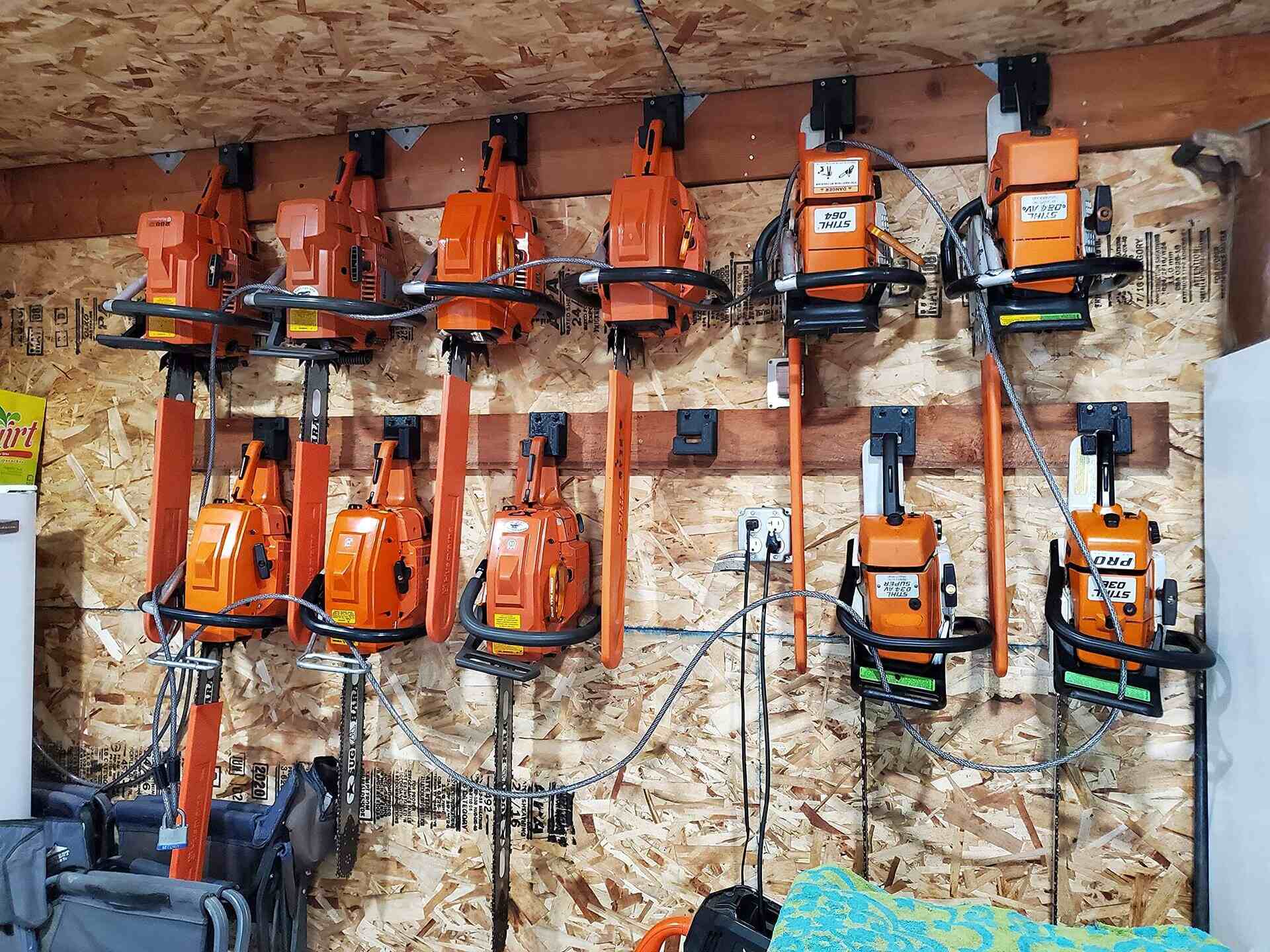
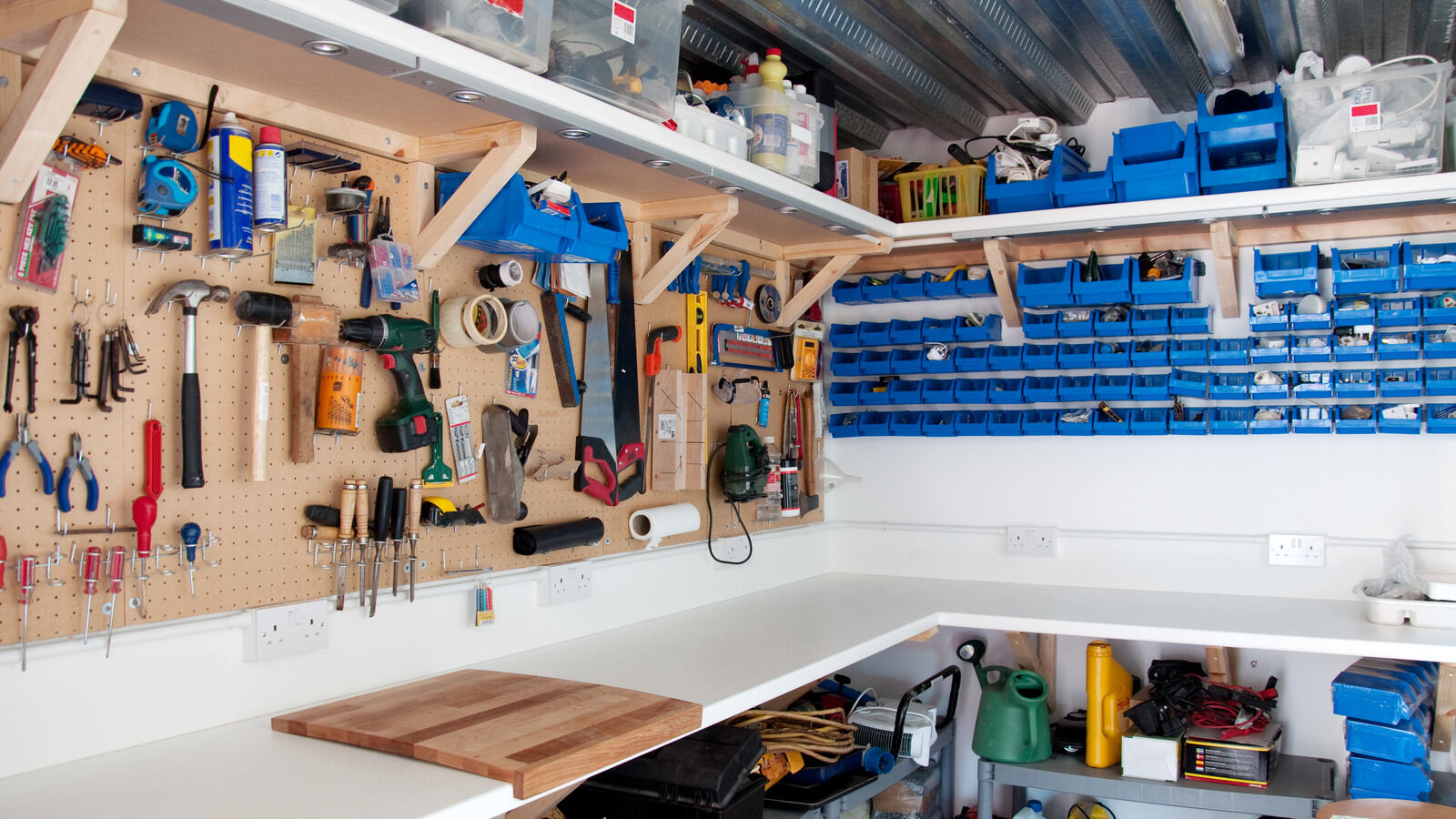
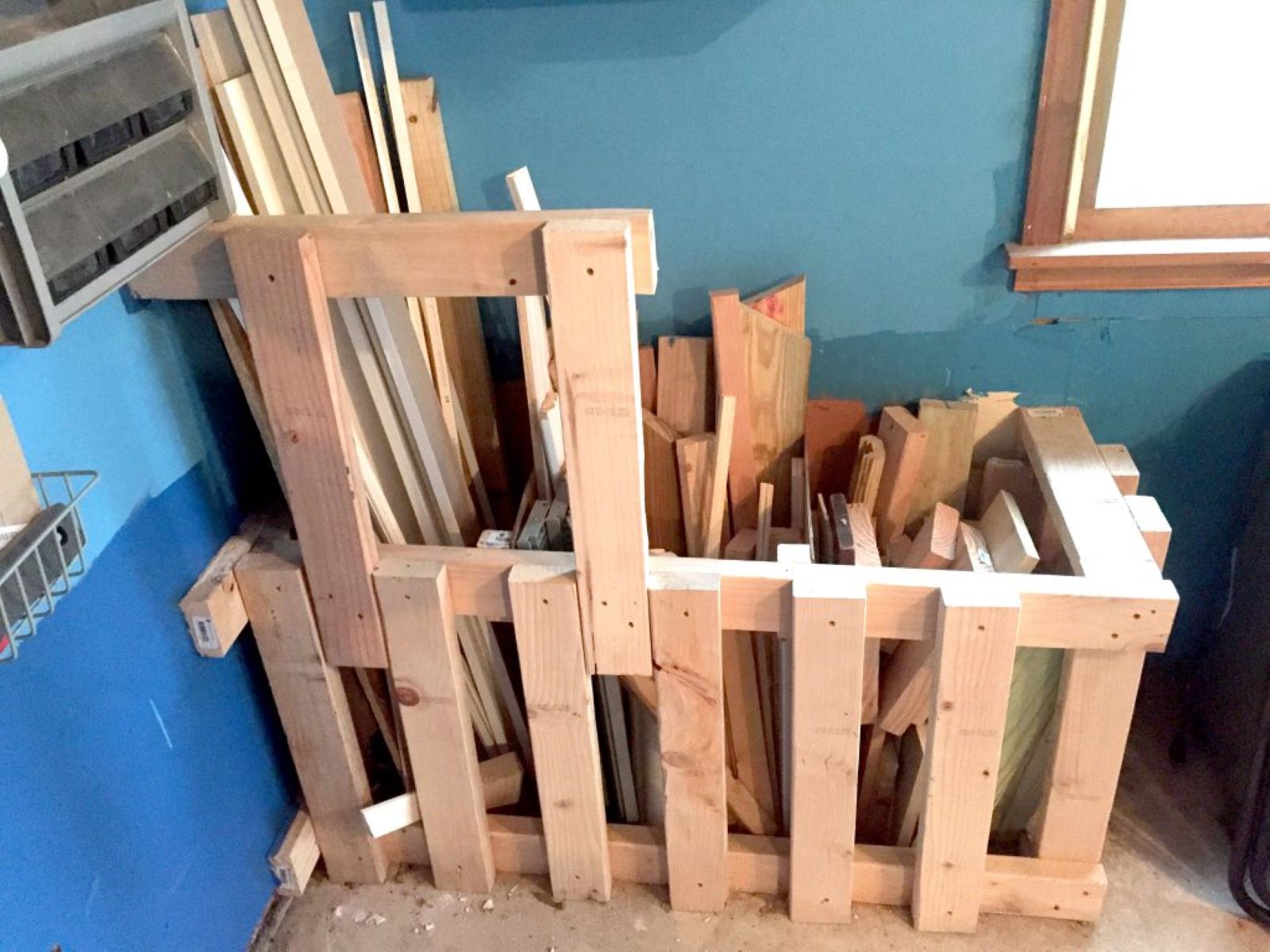
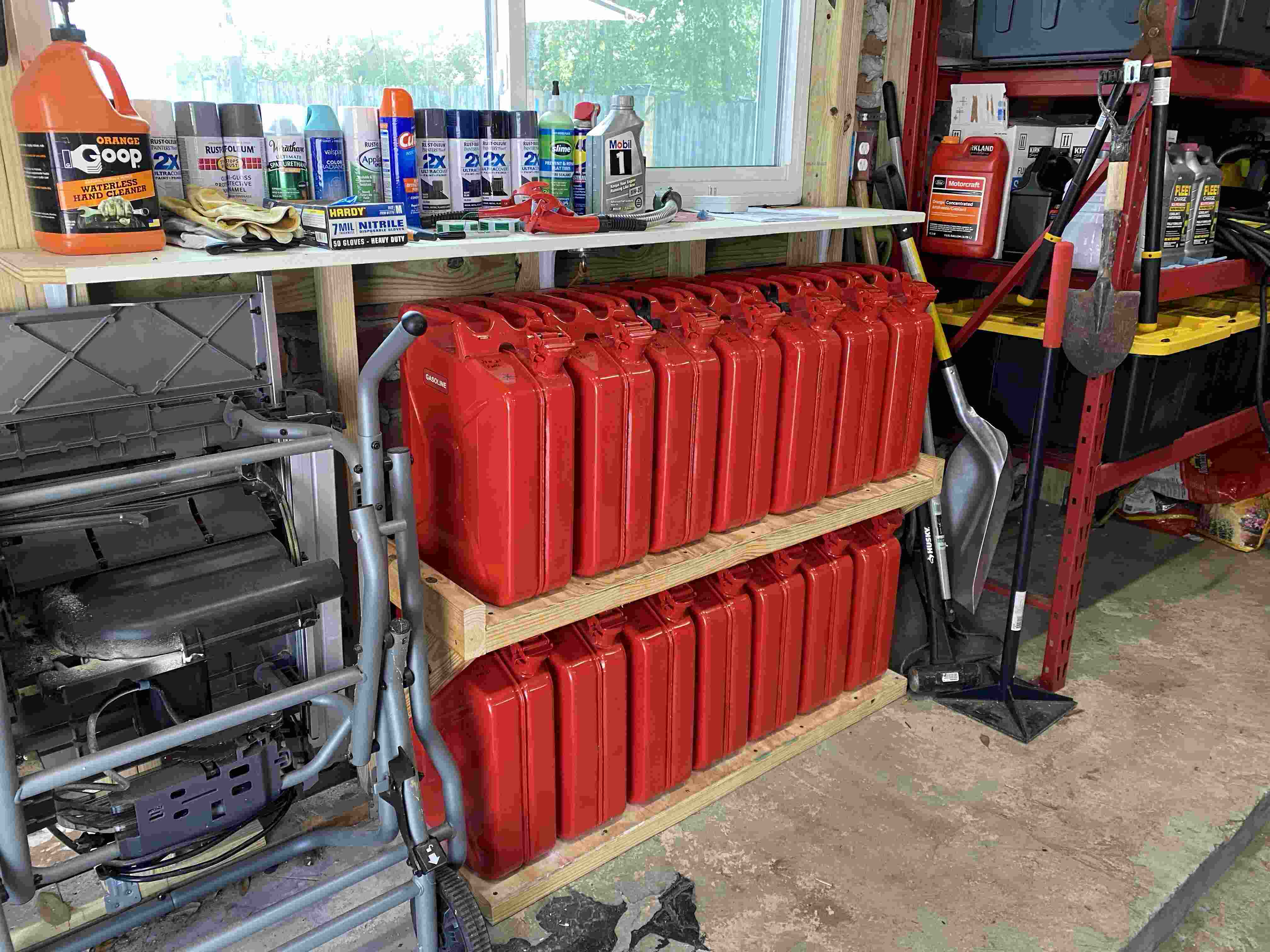
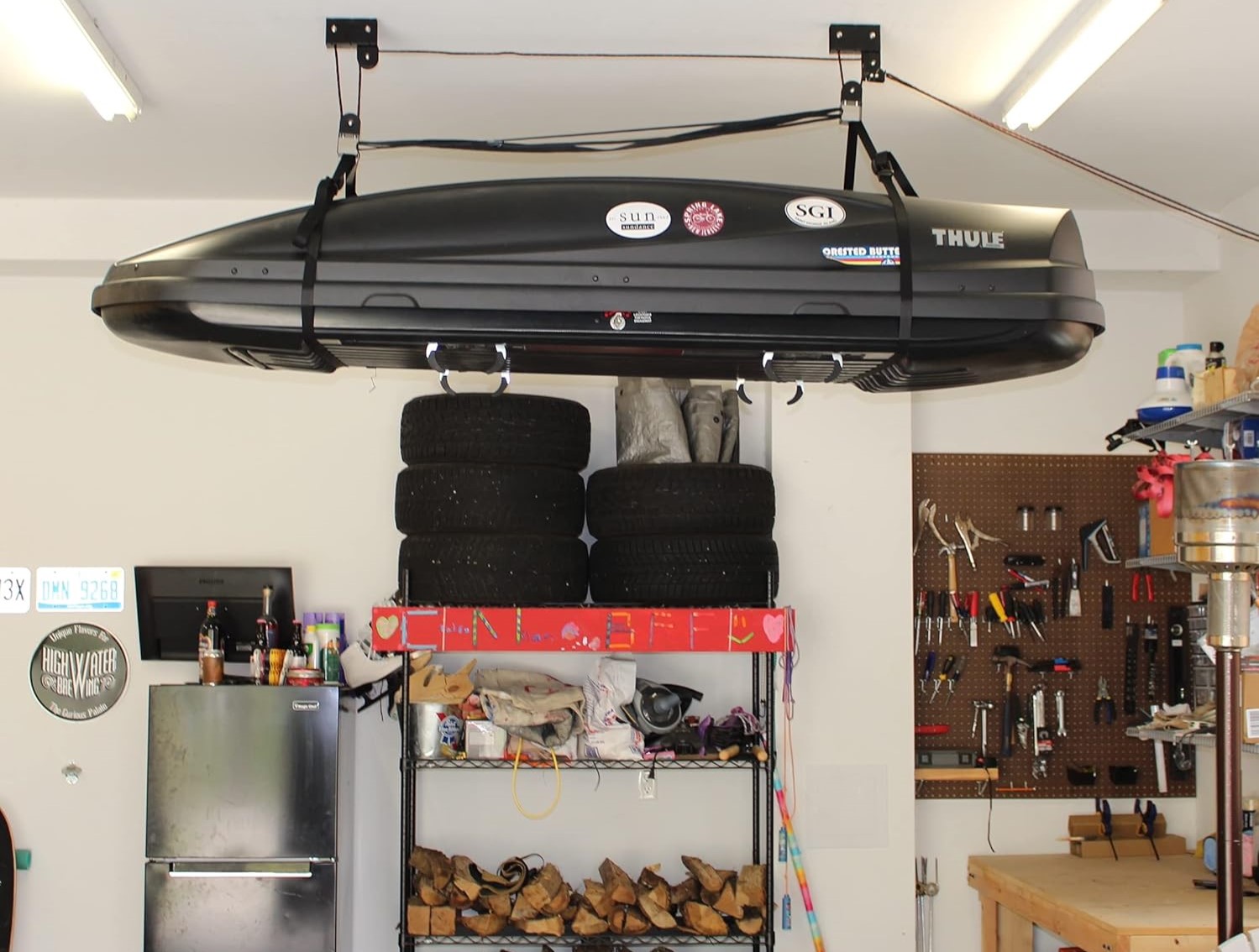
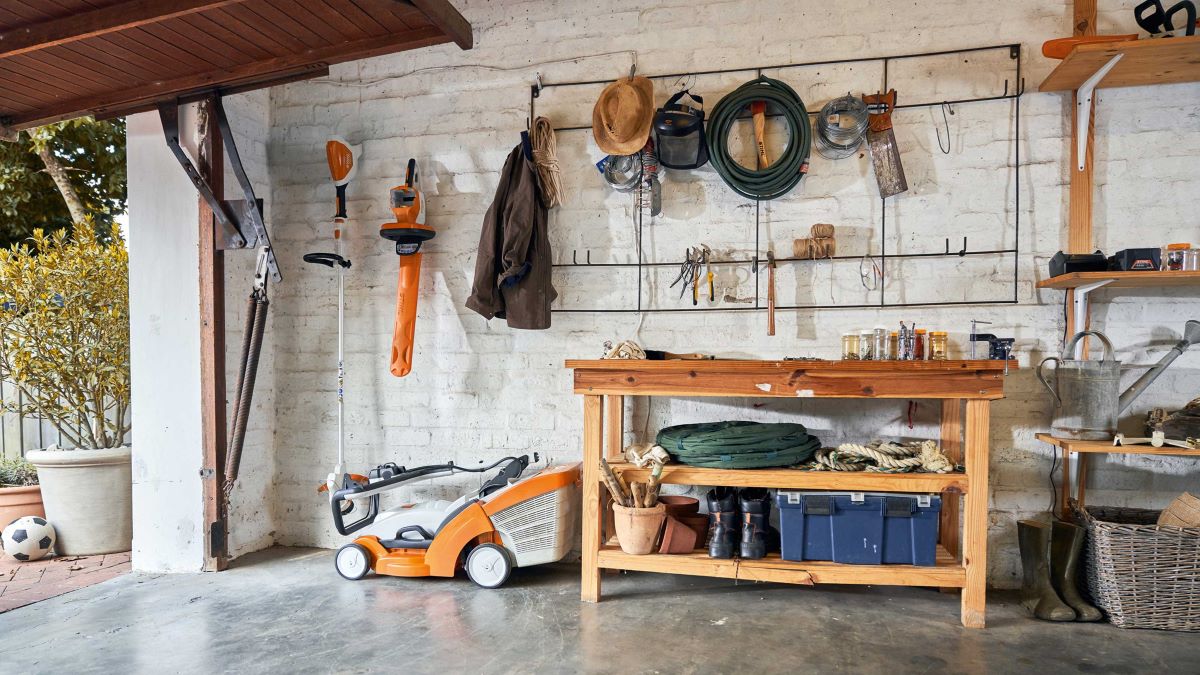
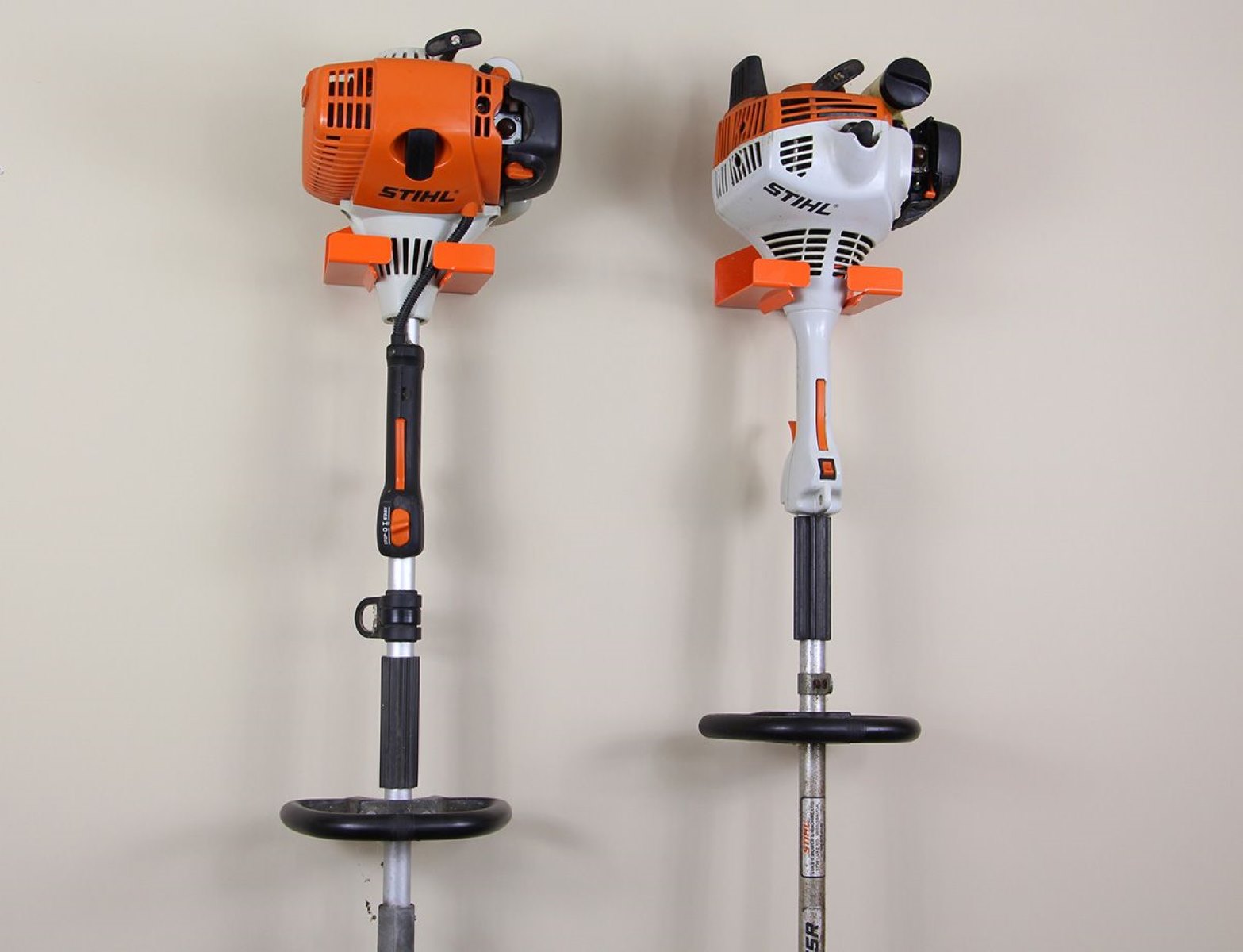

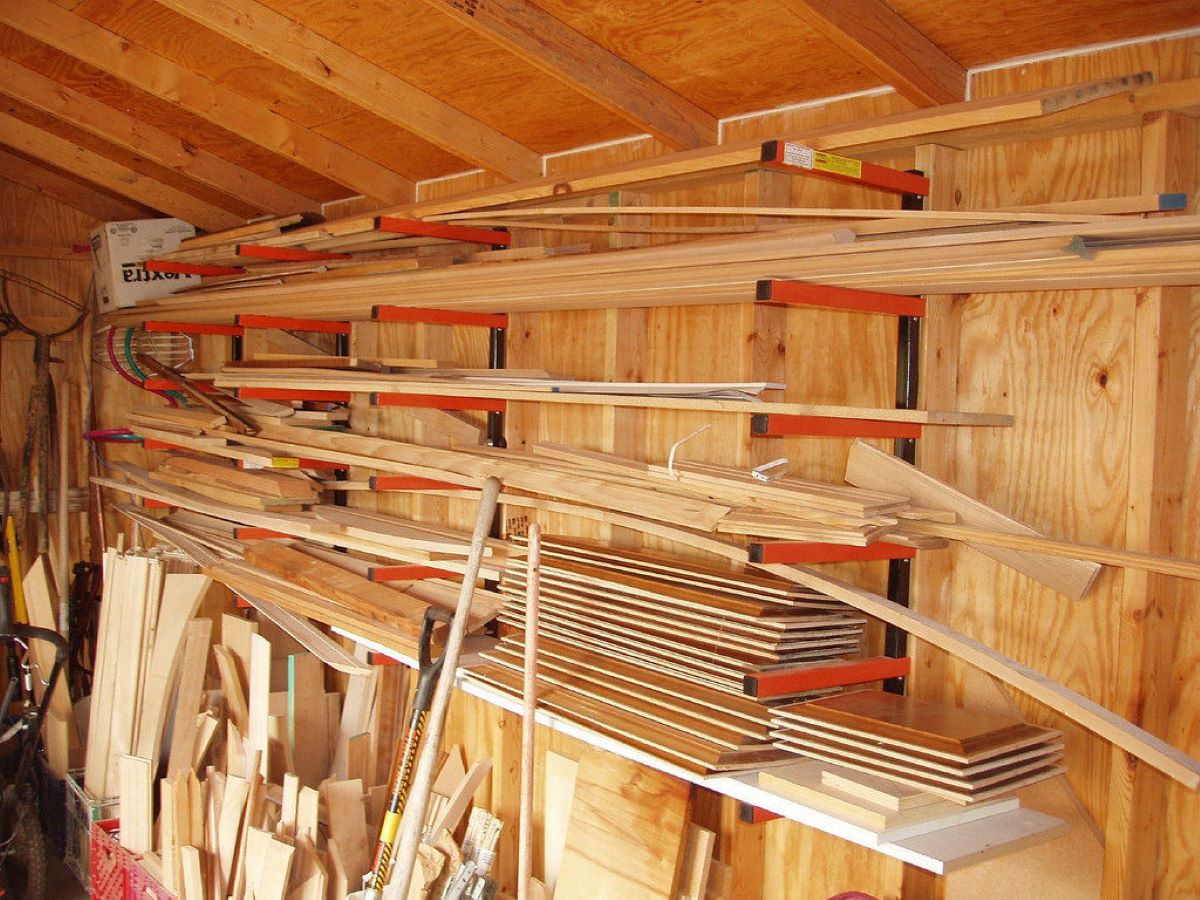
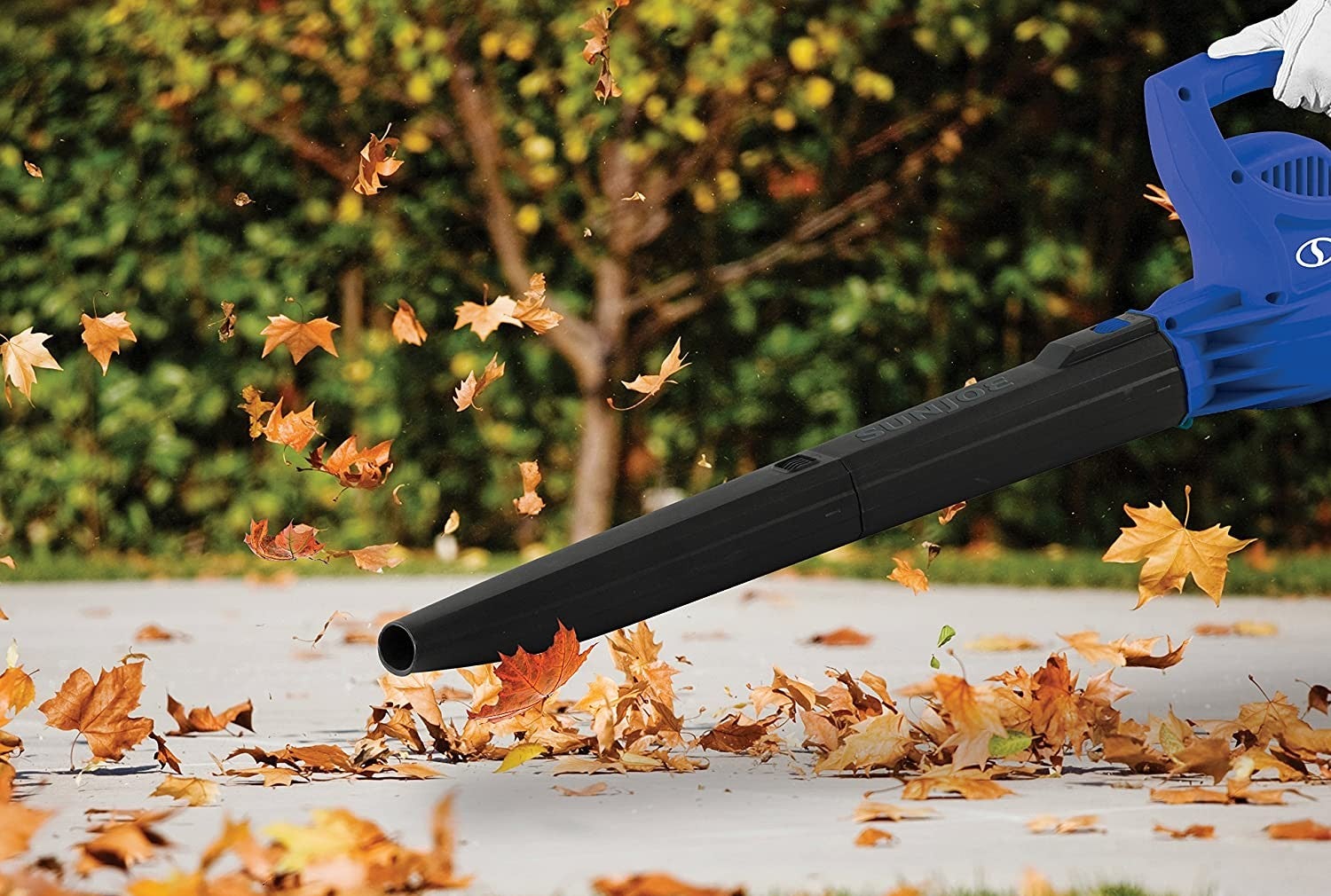

0 thoughts on “Garage Workshop Setup: Organizing Tools And Equipment”